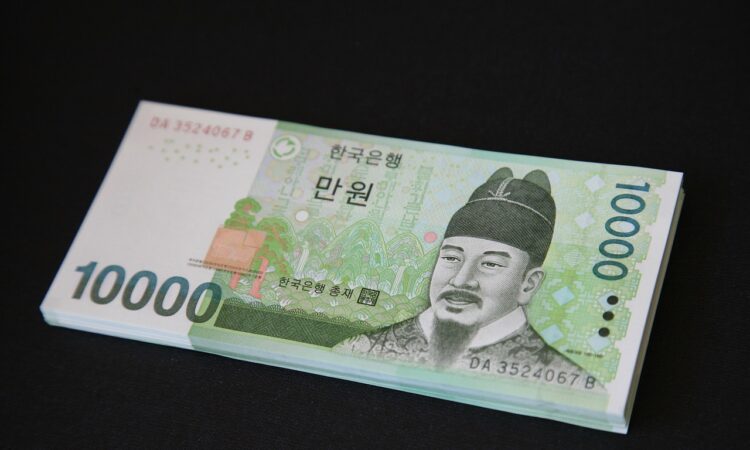
Asian currencies were mostly flat on Monday after a week of losses, as investors remained cautious amid fresh U.S. tariff threats and mixed signals from global trade data. The U.S. Dollar Index edged up 0.1% during Asian trading hours, with Dollar Index Futures also rising 0.1%.
Market focus shifted to escalating trade tensions after former President Donald Trump announced a 30% tariff on most European Union and Mexican imports starting August 1. The EU responded by extending a pause on retaliatory tariffs, signaling hopes for a diplomatic resolution. Trump had also unveiled tariffs last week targeting Japan, South Korea, Canada, Brazil, and copper imports, and threatened a 10% tariff on BRICS-aligned nations.
Currency markets stayed subdued as traders avoided major positions amid the policy uncertainty. The Japanese yen (USD/JPY) and South Korean won (USD/KRW) remained largely unchanged, while the Australian dollar (AUD/USD) slipped 0.2%. The Indian rupee (USD/INR) rose 0.2%, and the Indonesian rupiah (USD/IDR) gained 0.3%.
Meanwhile, Singapore’s Q2 GDP exceeded expectations, driven by resilient electronics and manufacturing exports. However, the government warned of growing downside risks in H2 2025 due to volatile U.S. tariff policies. The Singapore dollar (USD/SGD) held steady.
In China, trade data showed a stronger-than-expected rise in the June trade surplus, helped by improved exports amid recent tariff reductions with the U.S. Both the onshore yuan (USD/CNY) and offshore yuan (USD/CNH) remained stable.
Investors are closely watching further trade policy developments as markets look for clarity on global economic direction.




